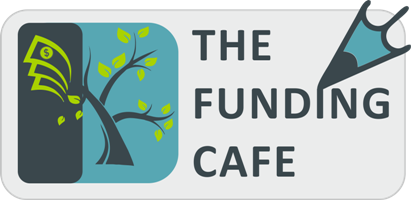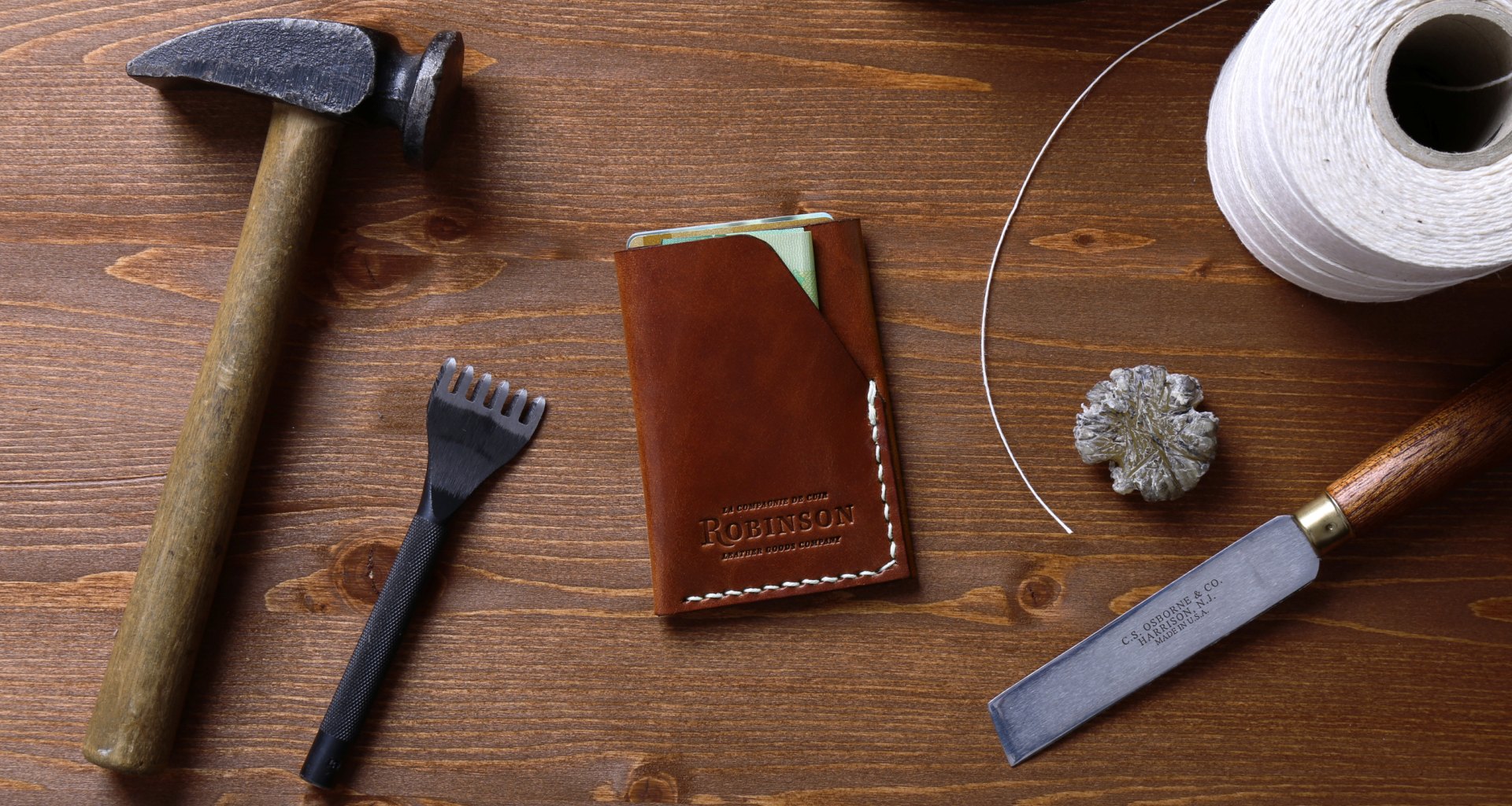Let me first tell you, there is nothing as a perfect Kickstarter page. Perfection in crowdfunding is a relative term. You will find dozens of examples where two similar pages for two campaigns were not able to bring the same results. But what we can definitely do is create a page that no one can ignore. The main goal of your campaign page is to grab the attention of a potential backer, and then make him covet your product. This article will show you how to set up a Kickstarter page right from the beginning.
Before we begin, take a look at the page of GoCube. Throughout this article, I’ll be using it as a reference to make my points clear along with other examples wherever needed.
Campaign Video
The first thing that a user sees when he lands on your campaign page is your video. How to create a good video cannot be summarised in a few points and hence you can check out how to make a good video for Kickstarter. In a few words, your video should be entertaining, informative, of good quality and under five minutes. Read the article to know that you just need to take care of some basics to shoot the perfect video. Hiring a professional videographer is not absolutely necessary.
The video of the GoCube displays the features of the cube and directly hits the sweet spot of the obsession of people for solving cubes and their inability. And then it provides their product as the solution. The video is small, simple and to the point.
Content
The next part is what again is the most important part of the page, the main content. Here, you show the features of your product, tell people your story behind the project and also declare rewards and stretch goals.
The topmost part of the page should display the most important or most attractive aspect of your project. Sweep up the user in the glory of your product. If it has some unique feature that no other product has, or if it has won some award or recognition, or if it has been featured somewhere big, those points will come up here. These are attention-grabbing points and interest the reader.
As in the GoCube example, you’ll see that the most uniques feature that alone will get the user interested is how it is directly connected to the app and each of your moves is simulated on the screen of your phone. They have shown this using a GIF. You will be solving cubes for real now. This is the main motto for the product and this is what will bring backers. And hence it enjoys the topmost position on the page.

They have then used beautiful images to display their features followed by where they have already been featured. Remeber, these are the top selling points and hence enjoy the position at the top. Use beautiful images to display various features of your product or the things done using the product. Try to use more images, GIFs, and graphics than text. For every three lines of text, use an image depicting what you just said.
Telling Your Story
You can also include the story before features. That depends on what you want to convey more. Tell people what made you develop this product. Also, if you are able to show them initial work through images, that will tell people about your hard work and your passion for the product. You don’t need to include every rough sketch that was ever created. Just the major ones, the milestones should be enough.
Alos, do not forget to include how the contribution of the person will help you and the person himself. It may help you to create a dream project or solve some issue or just bring fun. And the user may get a great product or have a wonderful experience or say goodbye to a previous problem.
Rewards
Here, you tell people, what they will get for what amount. There are two theories popular here. One group says they should be kept as simple as possible to avoid any confusion. The others are in favour of more options and flavours to keep things interesting and leave no stone unturned.
Well, I’ll say blend them both and listen to your guts. If your product is relatively simple one, there is no point in adding more and more rewards that just go on increasing the quantity. If you can break down your product into parts, where a user can get a core part at a minimal rate and then can get addon services/ products/ accessories based on the amount pledged, that can be great. That way a user just pays for what he needs and not the entire package.
Say, for example, you can get the GoCube along with the app at $69. But if you also want the charging stand, you’ll need to pay $79. If you want GoCube Edge that has some advanced features above GoCube, you can get it at $89 and so on. So, here since there are multiple add-ons, giving a user the choice to select is beneficial. Here is a cropped snapshot of the rewards offered by GoCube. There are more in the list.

Add bonus rewards and products only if you will be able to deliver them and that too, accurately. If you think you can handle production of the side products too and deliver then as per demand, then only go for other products. It’s better to promise less than promise and not deliver. One support pledge, one single kit pledge, then 2-3 multiple kit pledge are enough for most products.
Be very clear and concise when listing the rewards. Never be ambiguous and make your backer feel cheated because he understood your reward in a different way.
Timeline
Now, you’ve to add a timeline of the entire campaign and the shipment dates. This is also crucial because if you are not able to deliver by the time that you mentioned here, there are some backers who are going to get grumpy. If you properly update the backers of the delay and convey genuine information, backers will be supportive but there will be few who will not stop thrashing you until you deliver. So, try to give a realistic timeline and stick to it. Don’t forget to add a few extra days for anything that goes wrong. Just remember, it’s better to promise late and deliver before time than the other way round. Be practical, leave some breathing space for unforeseen incidents and then go decide when you’ll deliver.
Author’s notes
While rewards and timeline and even the video are optional, most of the people include them when they set up the Kickstarter page. Rewards and timeline are dull things that you can make interesting using graphics and images. So, go ahead, explore other projects, get inspired and be as creative as Kickstarter permits. here is an example from StoryBall of what you can do with timeline.

Risks and Challenges
Finally, we’ve reached the end of the page. This mostly includes some social media share options for interested users and the Risks and challenges section. Risks and Challenges are mostly the usual about manufacturing delays, shipping issues and all. Browsing just a few projects will give you an idea on that.
Google Analytics
Though ignored by many, setting up Google Analytics can prove to be vital in tracking your campaign page visitors. This becomes helpful when you are using prameterized links. You can actually see the source from where the visitor came. Check out how you can set up Google Analytics correctly and how to use parametrized queries to track visitors.
Do include the social media share options and also the Presskit. So, if anyone is interested, they’ll share the story too and help you.
In short, to set up a Kickstarter page is nothing complex but small parts that join up to give an amazing effect. Just take one section at a time. Browse similar projects and even any other projects to get inspiration. But, do steer clear of
Ctrl + C and Ctrl + V
Please do not copy. Kickstarter is all about creativity and originality. Do not mar that. Just being honest and showing your work will be enough and you too will set up a Kickstarter page that people will come to for inspiration.



Comments are closed.